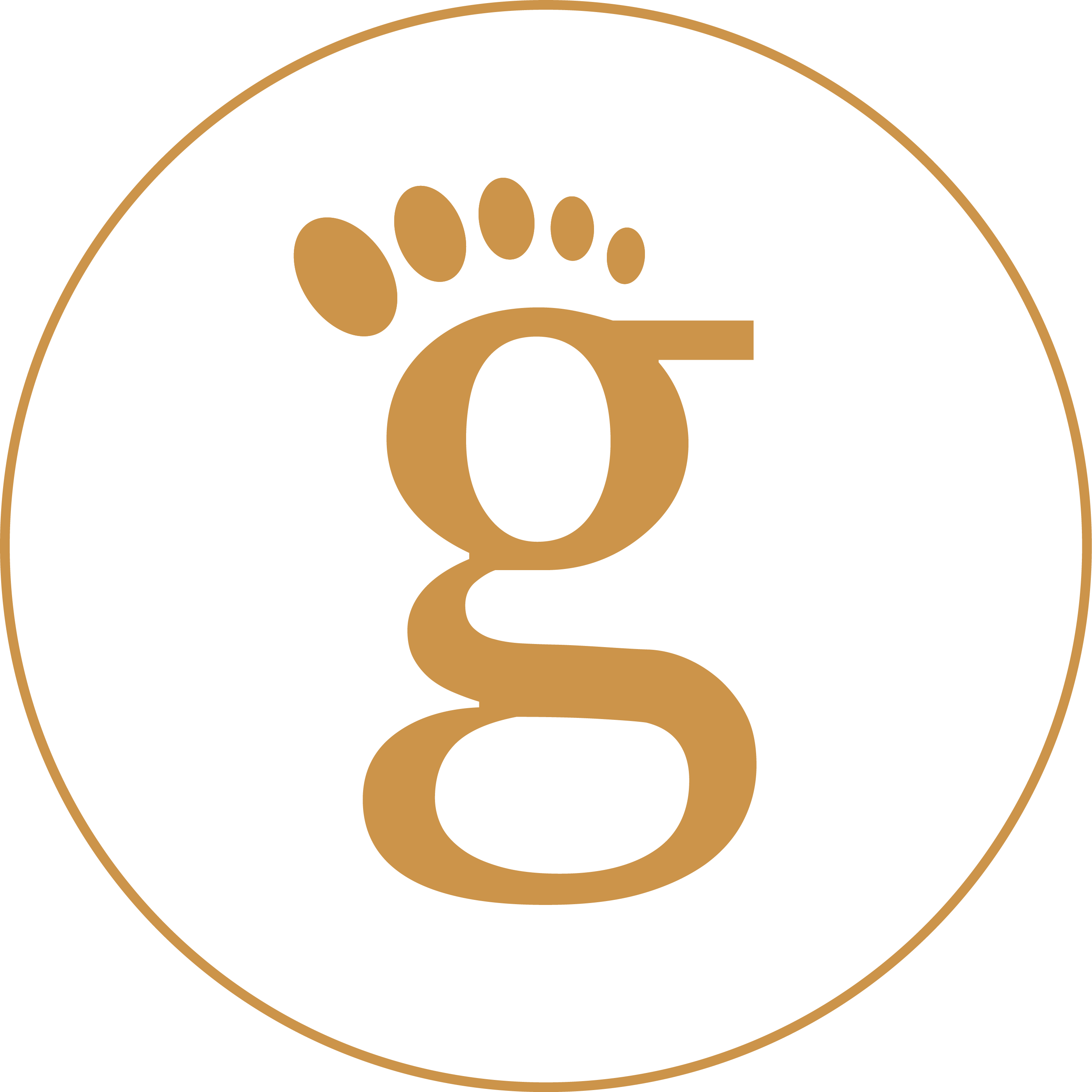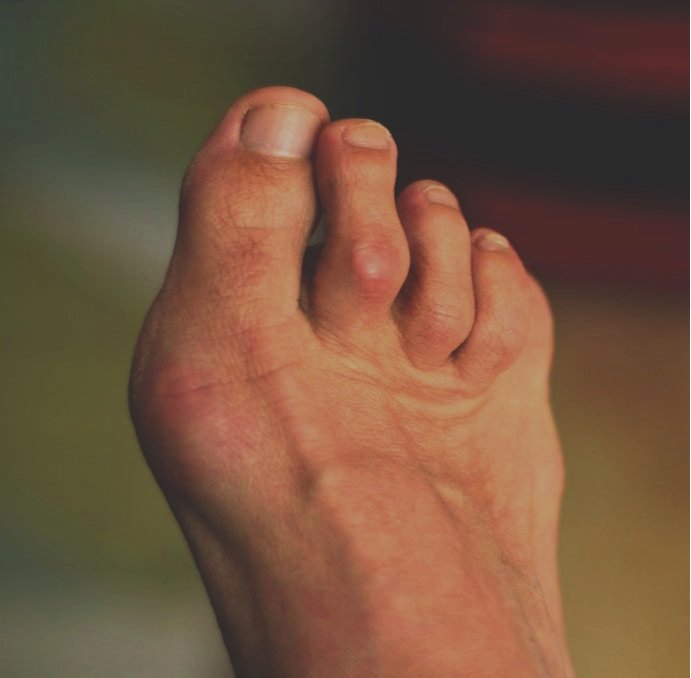What is a hammertoe?
If your toe is curled and bent in the middle joint of the toe which is either at the PIPJ or DIPJ, then there is the possibility that you may have a hammer toe. It is usually a foot deformity caused by an imbalance in muscles, tendons, or ligaments that holds the toe straight. It is often a genetic trait and can be a bony deformity as well. Further, you also may feel like a corn or callus on top or bottom of your deformed toe, which can be agonizing for you as well as create difficulty wearing certain shoes. There are certain conservative treatments that can be done at home to minimize the pain. Majority of the time the actual deformity does require a diagnosis and professional treatment by a Podiatrist.
Hammertoes are extremely common and can become very painful in your day to day life. Having the correct diagnosis by a podiatrist is important before considering hammer toe treatments at home.
Our Podiatrist at Gauld Foot and Ankle in Marietta can help you with diagnosis of hammertoe and treatment for hammertoes.
What are the symptoms of hammertoes deformity?
Let’s have a look at some of the major symptoms of the hammertoes to help you diagnose hammertoes at home.
- Unable to move your toe from joint
- Throbbing pain at the top of the bent toe
- Corns and calluses at the top of your toe joint
- Feeling pain in the ball of your foot
- Redness and burning sensation due to inflammation
- Tendered or restricted motion of toe joint
- Swelling and bump at the toe joint
- Open sores
How can you get relief at home from hammertoe?
If you have any of the above symptoms, a medical diagnosis is advisable at this stage. But until that, you can try out any of the below-mentioned hammer toe home treatments that can help you decrease the pain and discomfort you are experiencing due to hammertoe.
o There are non-medicated hammertoe pads available that can help you reduce the
pressure on the affected area.
o A shoe with a roomy toe box to comfortably accommodate your toe can be pain
relieving
o There are orthotic inserts available, which help relieve pressure on the toe and restore
muscle balance at the same prevent irritation.
o Avoid heels taller than two inches to avoid discomfort
o An ice bag can be effective to reduce pain and swelling
o Avoid wearing shoes that are small or narrow at the front side
o Exercise is one of the best ways to improve hammertoe strength if it is a flexible
hammertoe, you can perform several toe stretching exercises that help strengthen the
toe muscles and ligaments and keep it from worsening.
Here at Gauld Foot and Ankle, our foot doctors are extremely knowledgeable in non surgical treatment of Hammertoes and have recommendations for proper hammertoe pads, orthotics, shoes and many other in office treatments including painless removal of the callus or corn causing the pain secondary to hammertoes.
These home-based treatments may mitigate the pain and give you temporary relief. It is
strongly recommend seeing your local podiatrist in Marietta for further diagnosis and
treatment since a proper diagnosis and early treatment is recommended to avoid worsening of the hammertoes.

